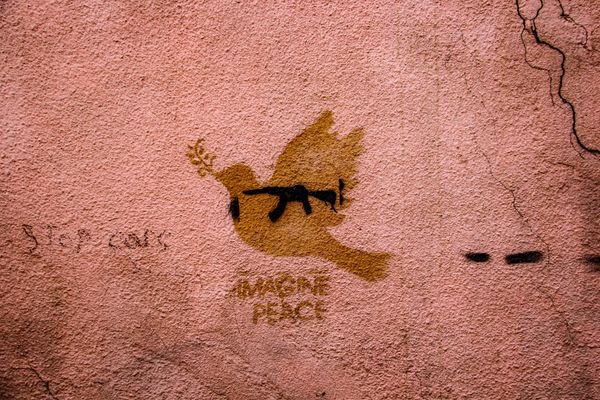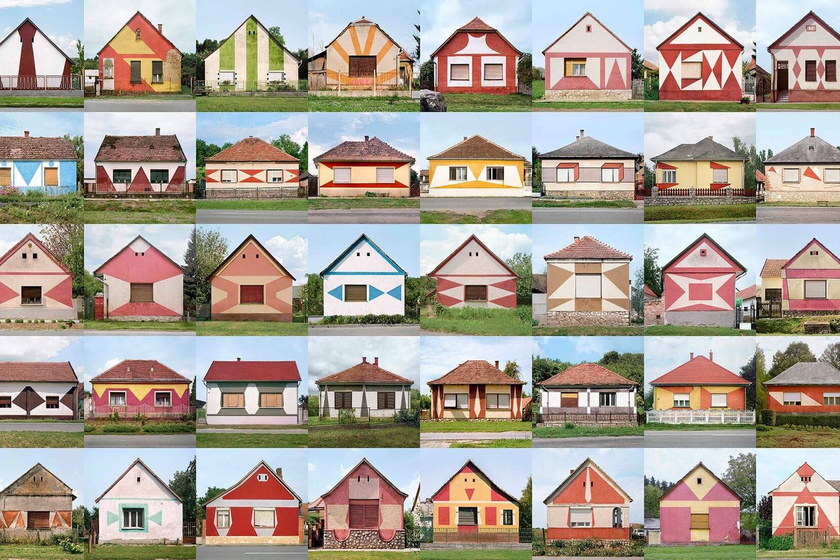The strange cube, which as Hungarians we both like and hate, we see it as beautiful, but still think it’s ugly. It was an architectural creation of the communism in the Kádár era, the housing star of the 1960s and 1970s, and is still home to hundreds of thousands of families in the suburbs and the countryside.
In fact, the Kádár cube is nothing more than an economical architectural solution that replaced the rectangular rural farmhouse. The puritanical dwellings, which dominated the landscape of the small settlements and suburbs of Hungary, also attracted the interest of Katharina Roters, a German-born photographer, who decided to seek out unique examples of Hungarian cube houses and to capture them in a series of photographs. Between 2003 and 2012, she traveled around the local villages with József Szolnoki, discovering examples where the inhabitants had chosen to add different patterns and colors to the façade. This is how these eclectic variations on the Kádár cube were born, whose vibrant, constructivist designs inspired Katharina. And last but not least, they are a reminder of how it was possible to inject uniqueness into the standardizing era.
The series of photos, called Hungarian Cubes, resulted in an exhibition, an album, and, in 2020, a coloring booklet in which everyone can decorate the buildings according to their imagination.





Photos: Katharina Roters
Source: The Calvert Journal, Femina

As a kid, I was unaware of what was a war—memories about the Russian aggression in Georgia











